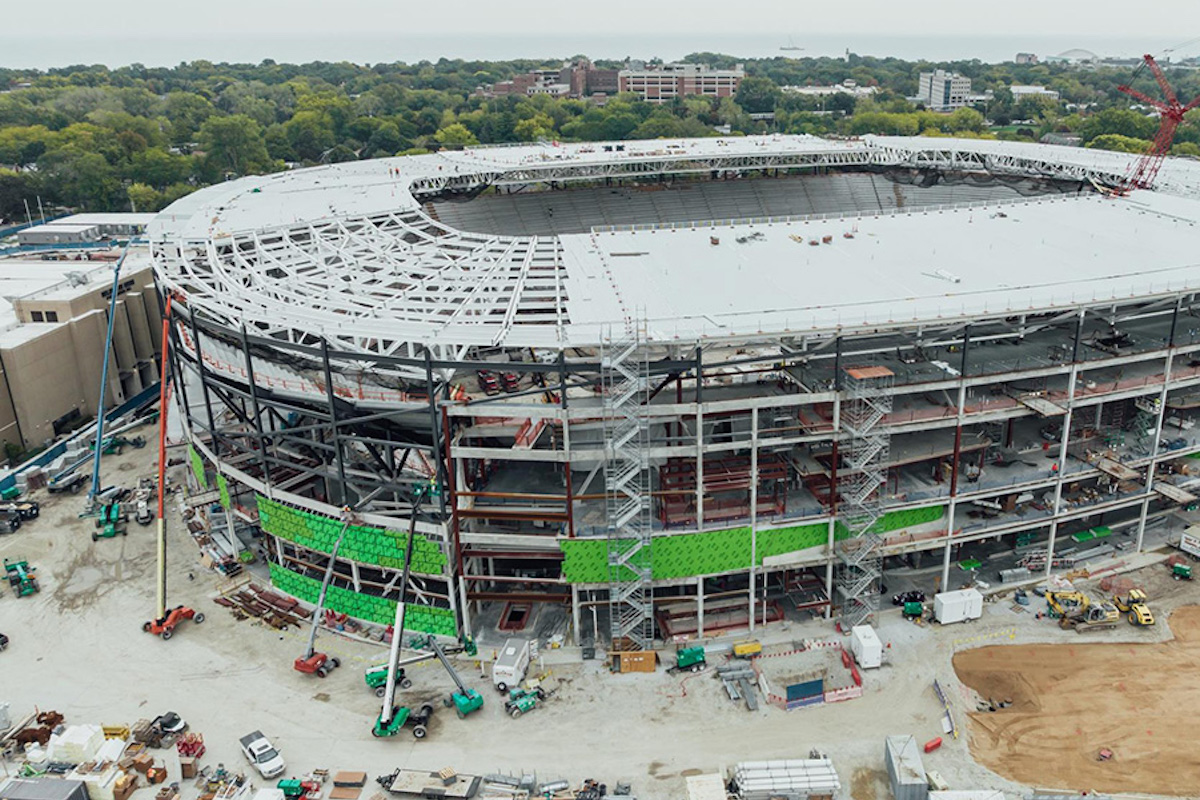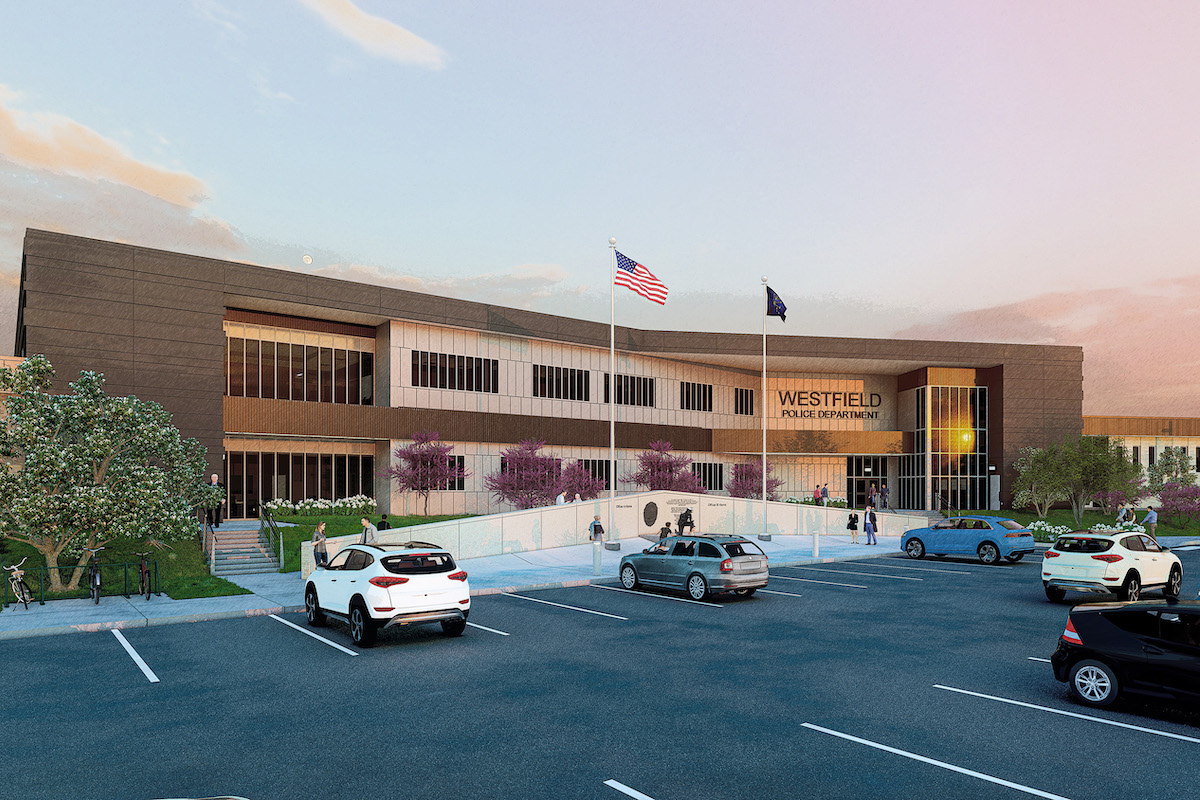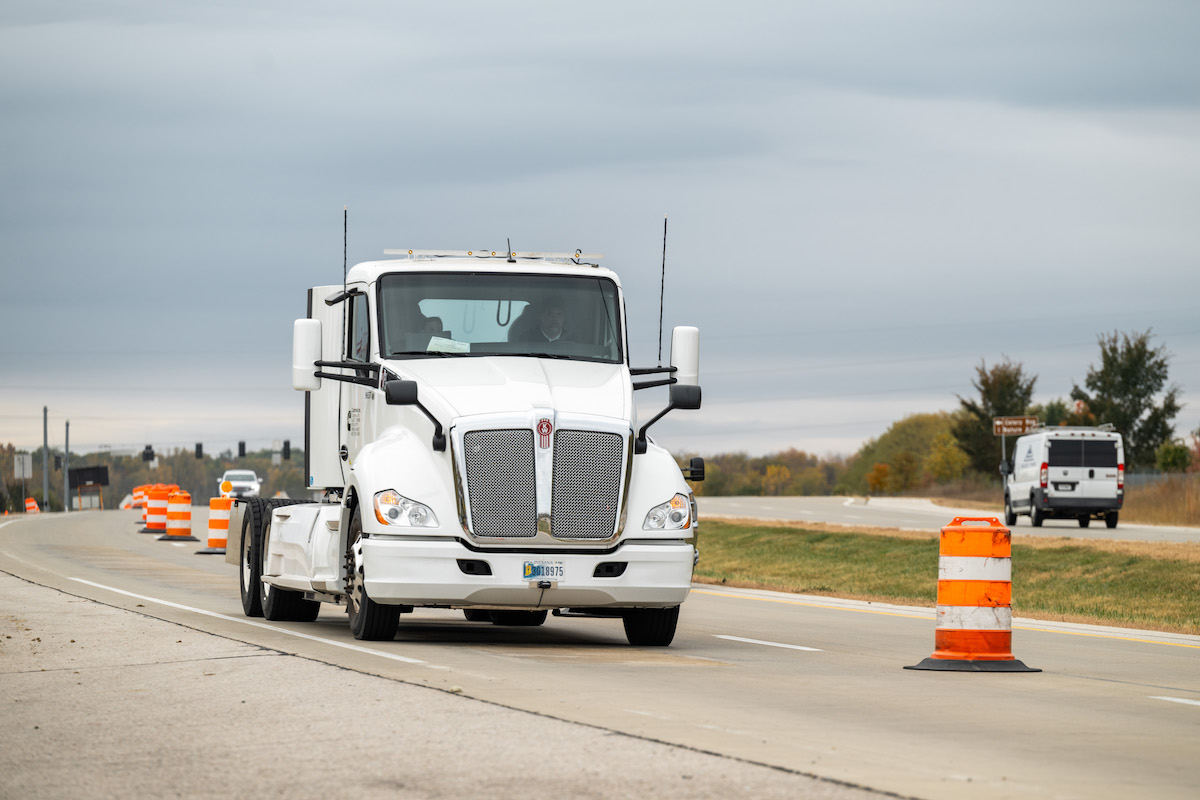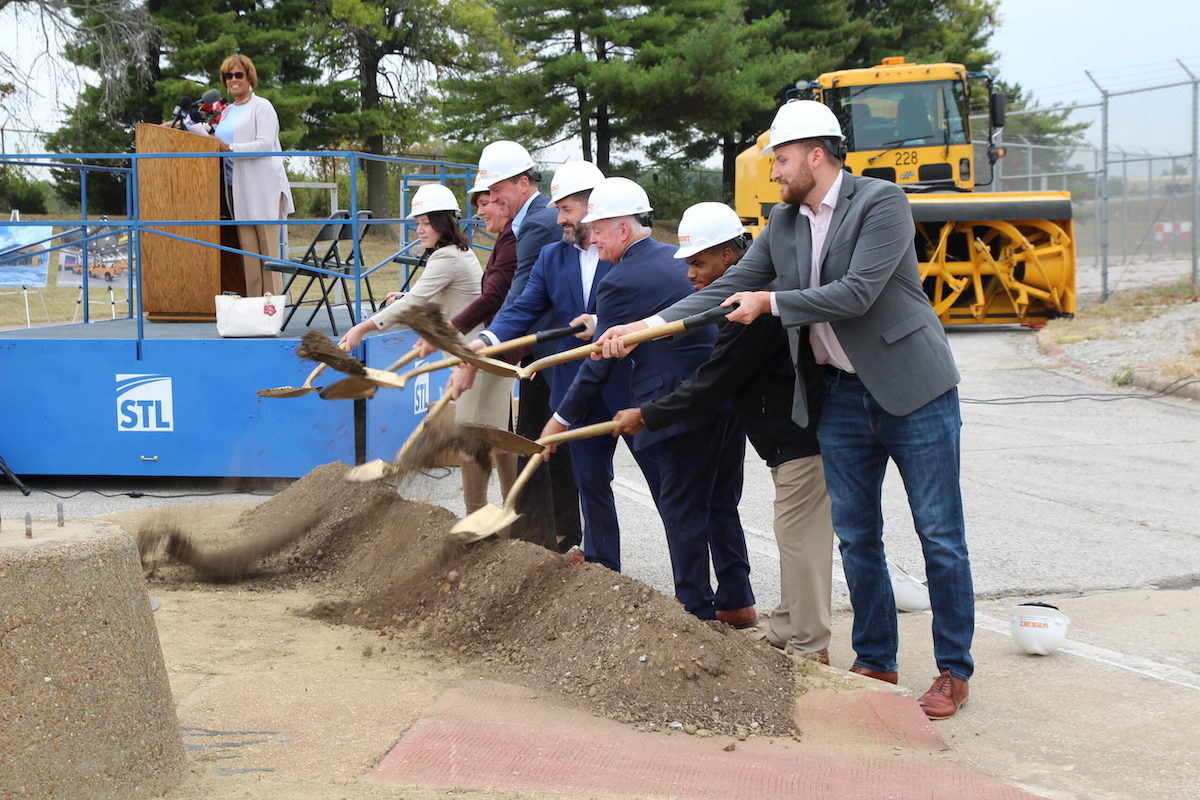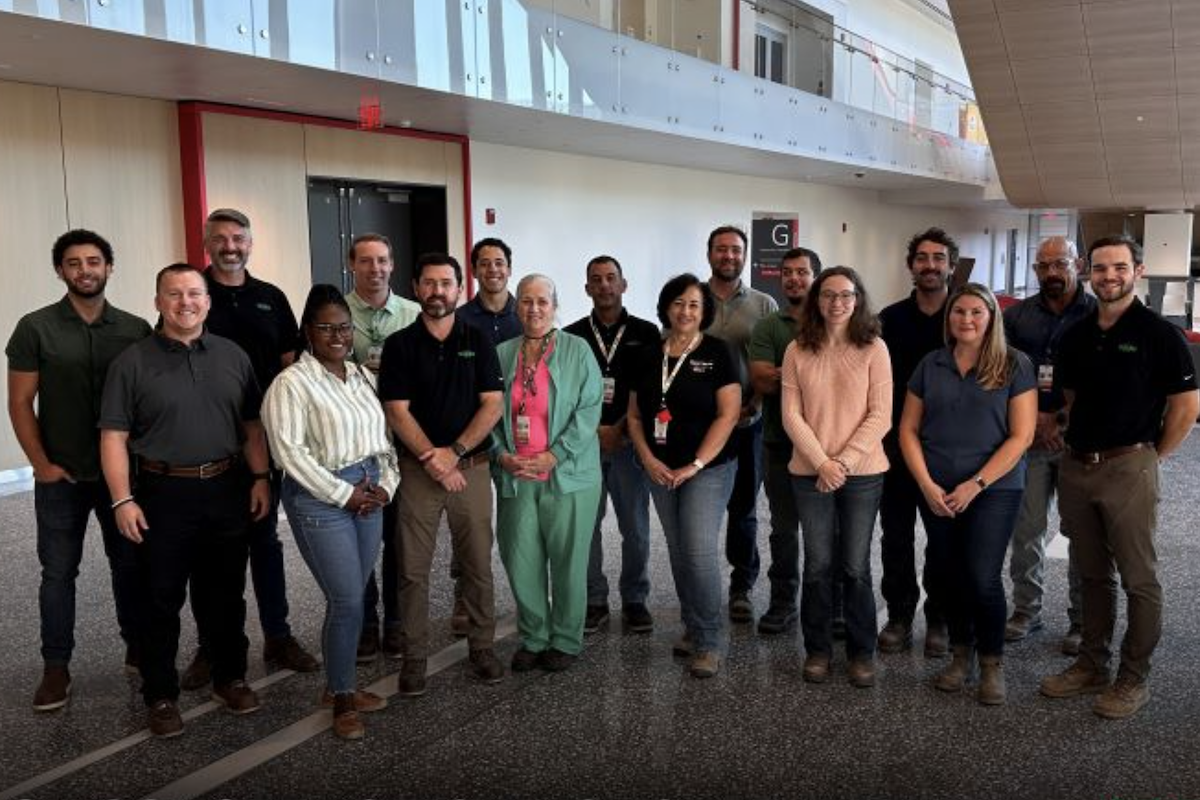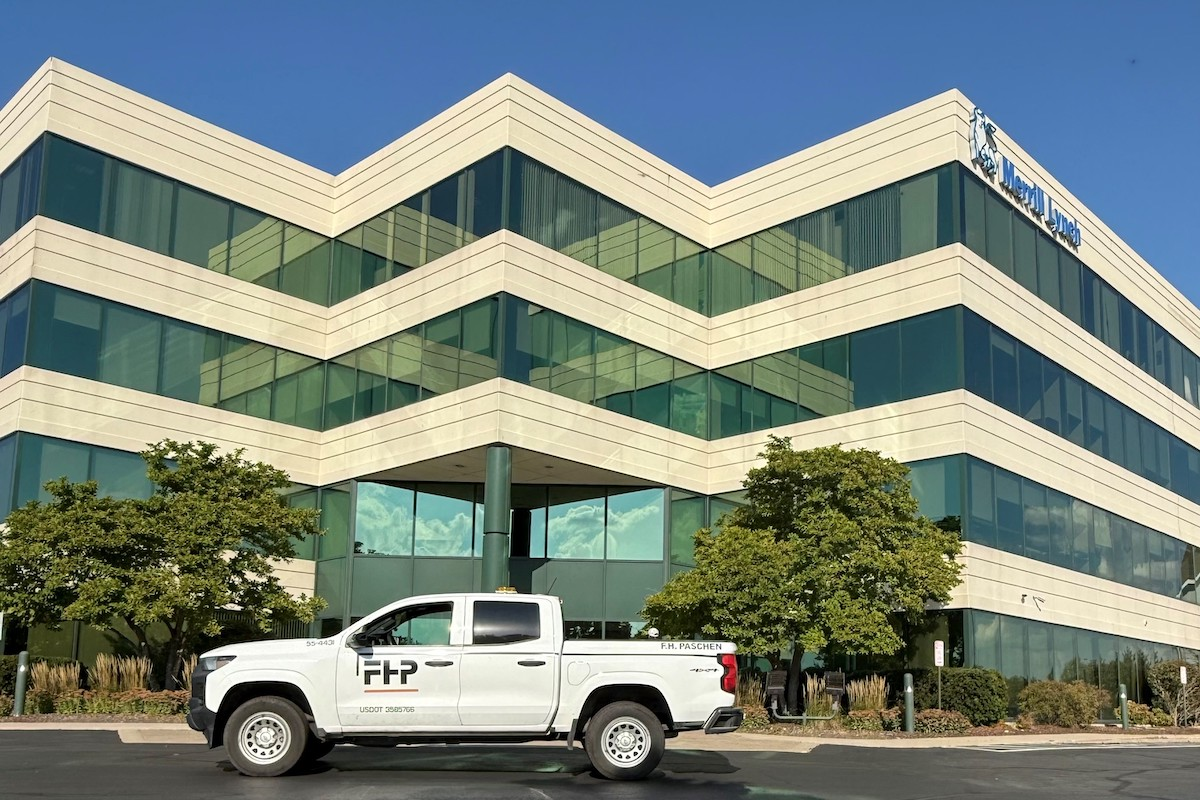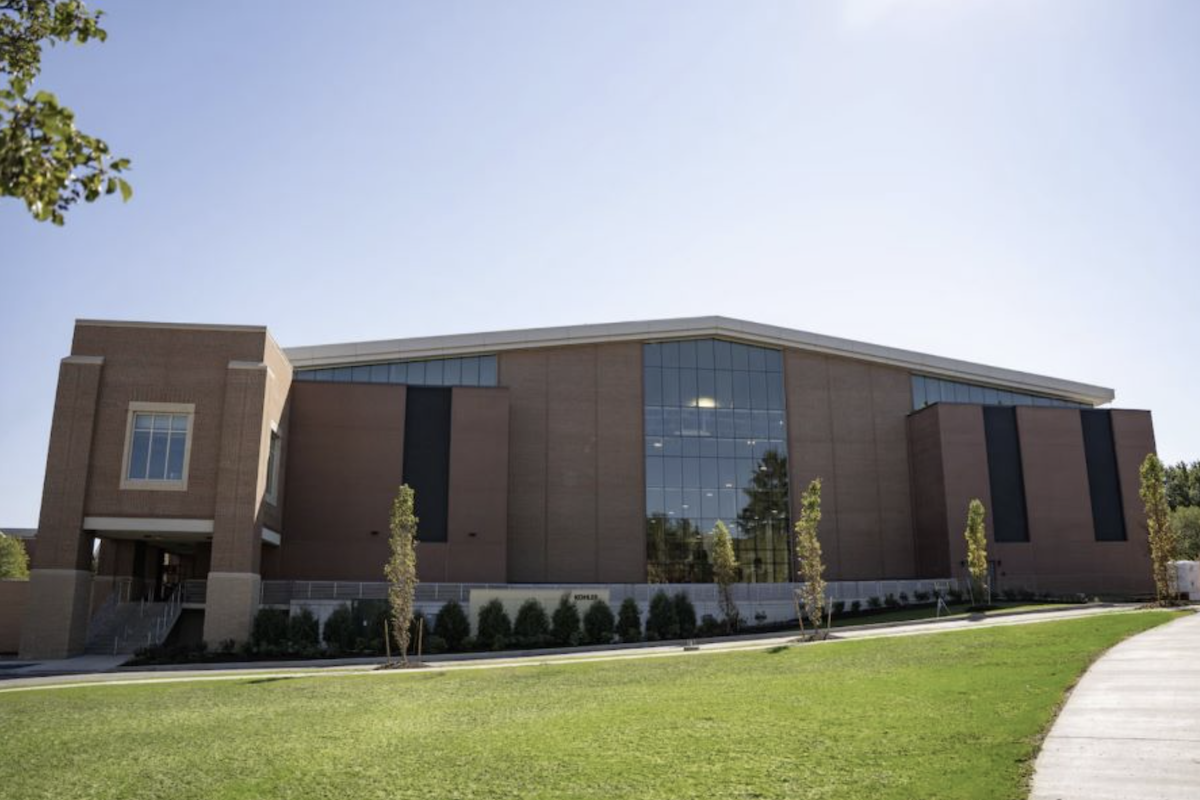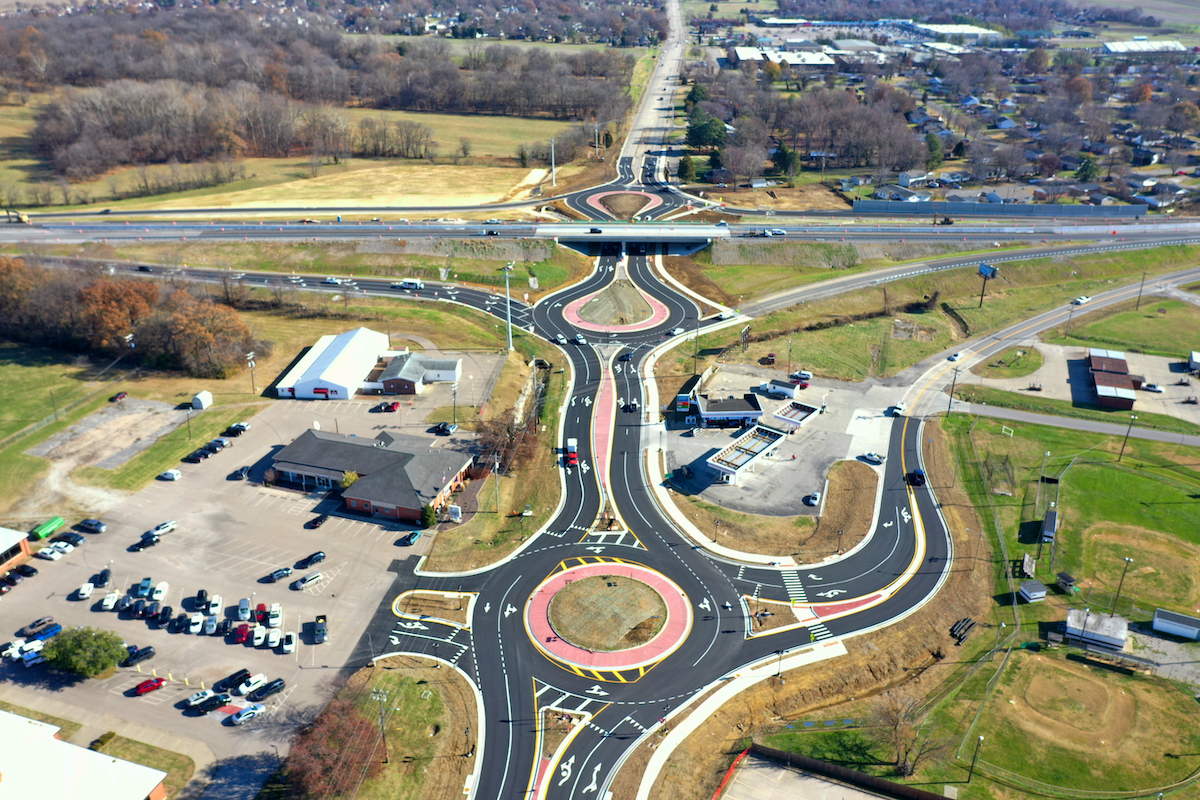The Terminal 5 expansion is a key component of the O’Hare 21 program, a comprehensive effort by the City of Chicago and the airlines to modernize one of the world’s most-traveled airports. The Terminal 5 project will increase the terminal’s capacity by 25 percent, adding new gates and upgrading existing gate sizes to accommodate the larger aircraft increasingly used for international flights. The expansion will also enable additional redevelopment projects at O’Hare. The first phases of construction include adding new pavement east of Terminal 5 and relocating facilities to allow for the construction of new gates.
“Chicago’s airports are the front doors to our city and they play a crucial role in our day-to-day lives,” said Cindy Muller, President of M2. “The design team has roots here. Together we’ll work to build a long-term engine of economic opportunity and growth for Chicago.”
“O’Hare is at the heart of Chicago’s air transportation legacy, and these modernization efforts will ensure that it remains a true international gateway for our city,” said William Jenkinson, RIBA, Principal and Aviation + Transportation Practice Leader for HOK in Chicago. “Our design will create an exceptional passenger experience and infrastructure that will not only stand the test of time, but adapt and grow to accommodate changes in how we will travel in the future.”
Terminal 5 currently accommodates the majority of O’Hare’s international travel, serving passengers from more than 45 countries and over 260 destinations.
As renovations continue, Delta Air Lines and the SkyTeam Alliance will relocate to Terminal 5. This project will open up the terminal to amenities and services provided in other areas of the airport, improve airline clubs, shopping and dining experiences, enhance passenger comfort and make it easier for passengers to navigate through the terminal.
The design will future-proof gates to accommodate new and next-generation aircraft like Boeing’s Dreamliner as well as smaller domestic jets. The team will design the extension so that gates can accommodate wide-body aircraft but then be converted to narrow-body positions as the terminal is repurposed. To minimize the impact on travelers, airlines and businesses currently operating in the terminal, construction will follow a phased approach.
















